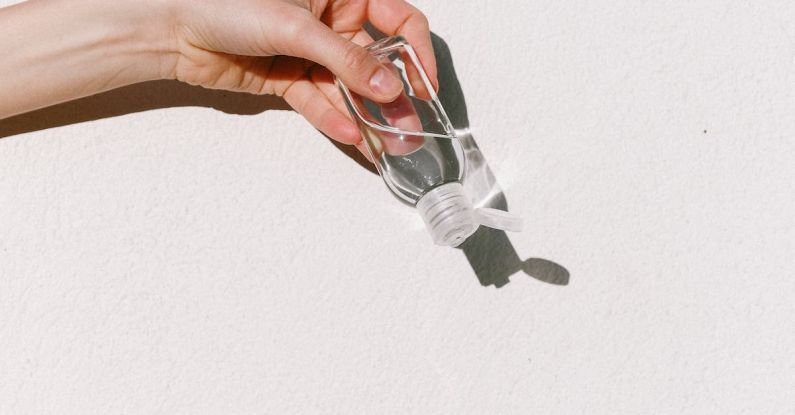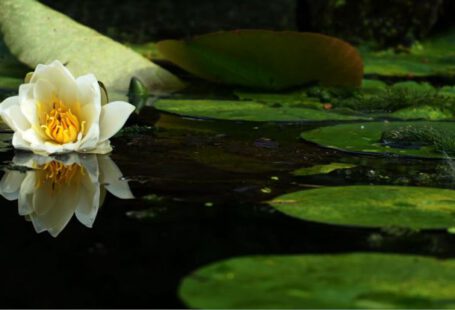As hot tubs continue to gain popularity as a luxurious addition to homes and spas, it’s important to consider the environmental impact of their maintenance. Finding eco-friendly sanitization options for hot tubs is crucial for reducing our carbon footprint and preserving the planet’s resources. With a variety of products available in the market, choosing the right eco-friendly sanitization option can be overwhelming. In this article, we will explore some key factors to consider when selecting environmentally friendly solutions for keeping your hot tub clean and safe for use.
Understanding the Environmental Impact
Before delving into specific eco-friendly sanitization options, it’s essential to understand the environmental impact of traditional hot tub sanitization methods. Chemical-based sanitizers like chlorine and bromine are commonly used to keep hot tub water clean and free of harmful bacteria. However, these chemicals can have a detrimental effect on the environment when they are discharged into water bodies through backwashing or drainage.
Chlorine and bromine can react with organic matter in water to form harmful byproducts that are toxic to aquatic life. Additionally, the production and transportation of these chemicals contribute to greenhouse gas emissions and environmental pollution. By opting for eco-friendly sanitization options, you can minimize the negative impact of hot tub maintenance on the environment.
Consider Natural Sanitizers
One of the most popular eco-friendly sanitization options for hot tubs is using natural sanitizers such as mineral-based products. Minerals like silver, copper, and zinc have natural antibacterial properties that can help keep hot tub water clean and safe without the need for harsh chemicals. Mineral sanitizers are effective at controlling bacteria and algae growth while being gentle on the skin and eyes of hot tub users.
Another natural sanitization option is using enzymes and probiotics to break down organic matter and prevent the buildup of biofilm in hot tub plumbing. Enzymatic cleaners can help maintain water clarity and reduce the need for chemical sanitizers, making them a great eco-friendly alternative for hot tub maintenance.
Explore UV-C Technology
UV-C technology is another eco-friendly sanitization option that can help keep hot tub water clean and safe without the use of chemicals. UV-C light is effective at destroying bacteria, viruses, and algae by disrupting their DNA structure, rendering them harmless. UV-C sanitizers are easy to install and maintain, making them a convenient and environmentally friendly choice for hot tub owners.
UV-C technology can be used in conjunction with mineral sanitizers to provide comprehensive water treatment without the need for chemical additives. By harnessing the power of UV-C light, hot tub owners can enjoy clean and clear water while minimizing their environmental impact.
Regular Maintenance and Monitoring
Regardless of the sanitization option you choose, regular maintenance and monitoring of hot tub water quality are essential for ensuring a safe and enjoyable soaking experience. Test the water regularly using a reliable water testing kit to monitor pH levels, sanitizer levels, and overall water balance. By maintaining proper water chemistry, you can prevent the growth of bacteria and algae, reducing the need for excessive sanitization.
In conclusion, choosing eco-friendly sanitization options for hot tubs is a crucial step towards reducing our environmental footprint and promoting sustainable living. By opting for natural sanitizers, exploring UV-C technology, and maintaining proper water chemistry, hot tub owners can enjoy a clean and safe soaking experience while protecting the planet. Prioritizing eco-friendly practices in hot tub maintenance can help preserve natural resources and promote a healthier planet for future generations.





